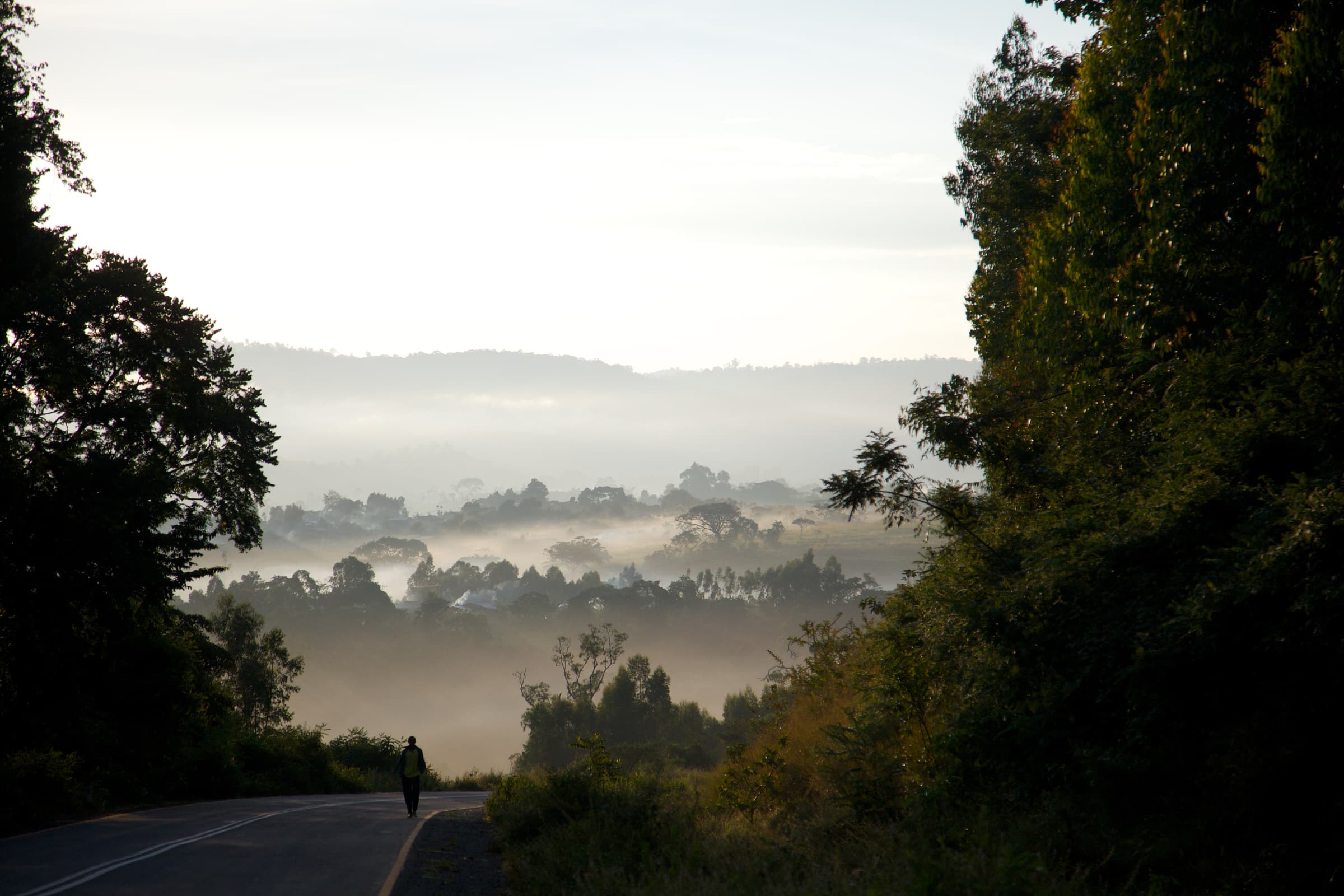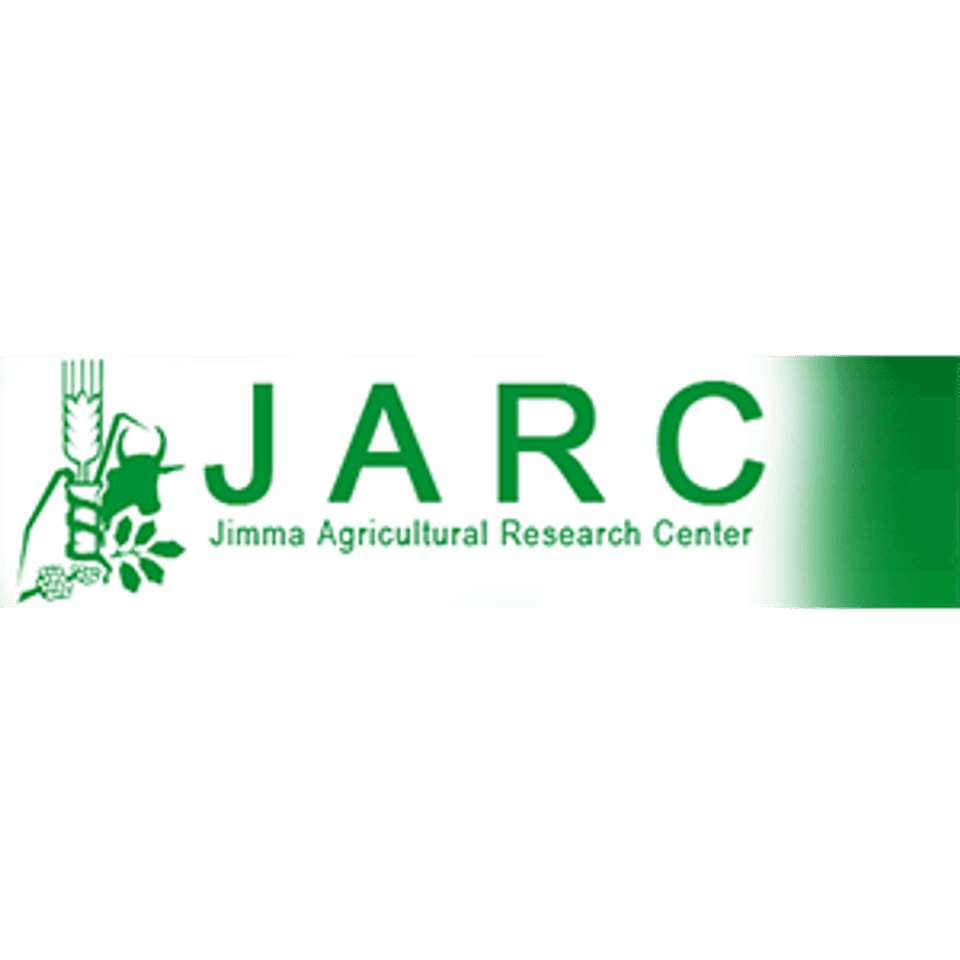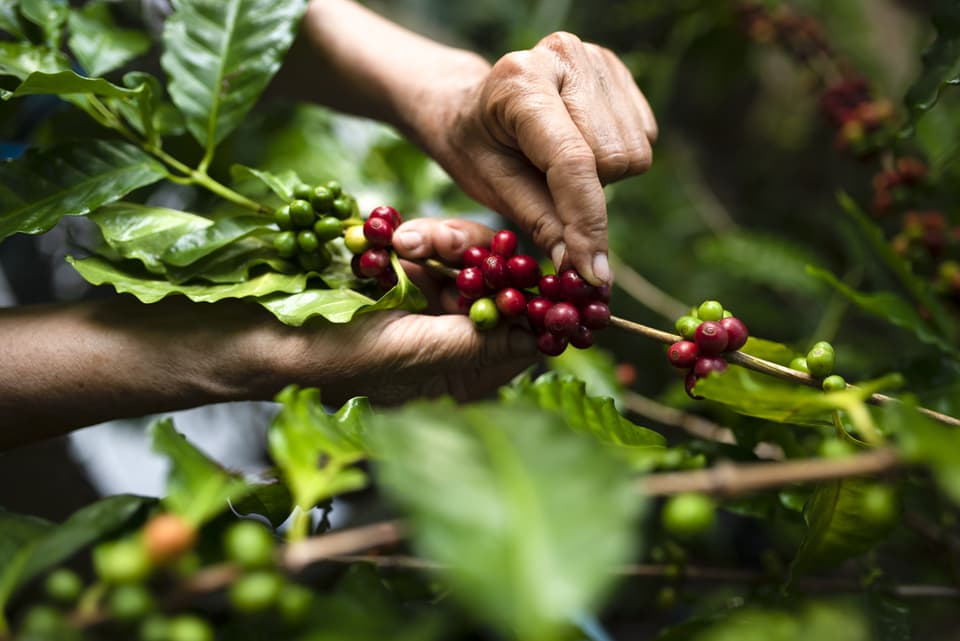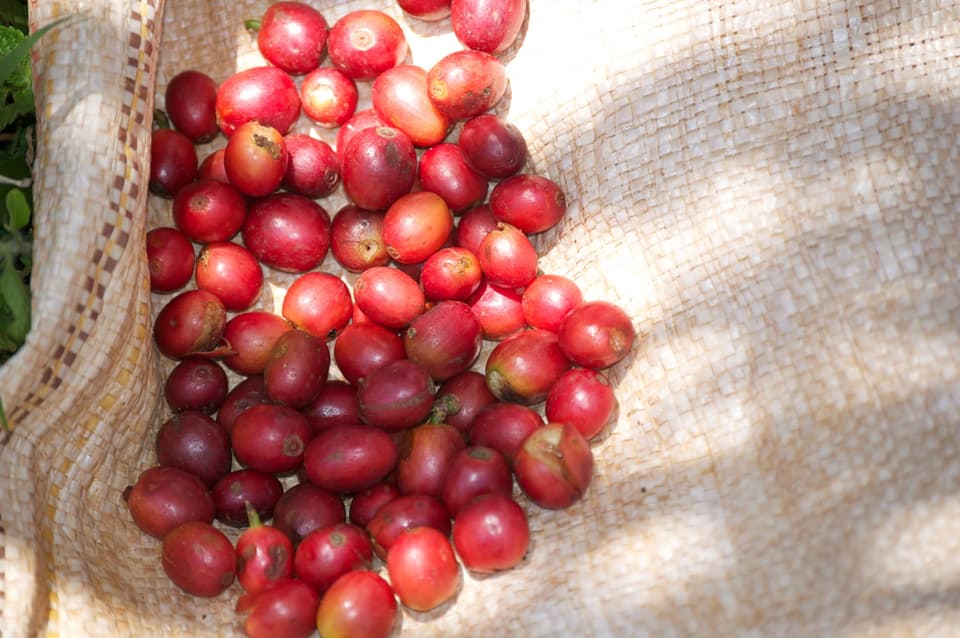There is no other coffee country in the world like Ethiopia. It is the birthplace of Coffea arabica and contains nearly one-fifth of all coffee farms across the world. Coffee is critical to the economy, generating 24% of Ethiopia's export income. At the same time, half of the coffee produced in Ethiopia remains within the country for local consumption as part of the world’s oldest coffee culture. Ethiopian coffee is celebrated globally for its wide range of unique and diverse flavor profiles. It is exported primarily to Saudi Arabia, the United States, Germany and Japan.

Ethiopia
In 2021, WCR signed a memorandum of understanding with the Ethiopian Institute of Agricultural Research (EIAR) and the Jimma Agricultural Research Center (JARC) to support their work to bring improved varieties to farmers. Ethiopia has a long and strong tradition of coffee agricultural research via EIAR and JARC. Ethiopia’s coffee breeding program operated by JARC has also undergone rigorous assessment using the Coffee Breeding Program Assessment Tool (BPAT), and WCR has worked with JARC to initiate modernization of Ethiopia’s breeding operations, including conducting assessments of JARC’s sensory labs and research capacity with targeted support of WCR member companies. Together, WCR and EIAR have worked to assess priority areas for global donor investment in support of Ethiopian research institutions to improve the quality of coffee R&D and increase access to better plants for the benefit of Ethiopian farmers.
Our Partners

Jimma Agricultural Research Center (JARC)
JARC was established in 1967 to coordinate, generate, and disseminate coffee research for Ethiopian farmers. It is part of the Ethiopian Institute of Agricultural Research (EIAR). JARC has released 42 coffee varieties for different regions and conducts research on quality, diseases and pests, agronomy, soil, conservation practices, and socioeconomics.





